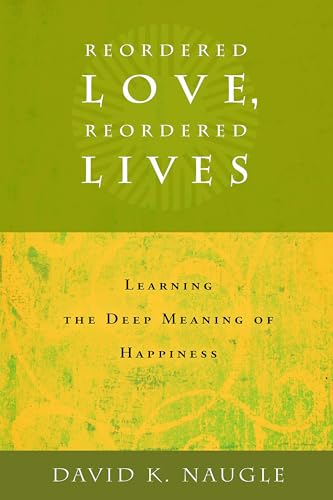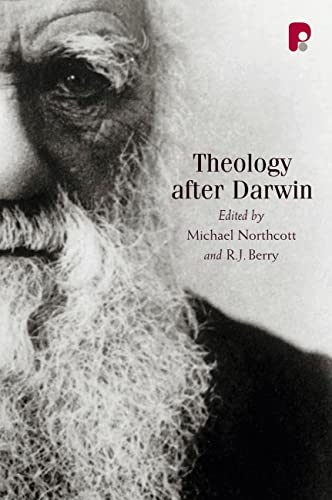Wired for Intimacy: How Pornography Hijacks the Male Brain
Written by William M. Struthers Reviewed By Franklin E. PayneAny man must be applauded who is willing to wrestle with the issue of pornography, a plague of manifold dimensions in modern times to both Christians and non-Christians. While Struthers states that pornography is increasingly being “consumed” by women, his focus is its effect on men. Likely, pornography will always be a greater problem for men because for them, “sexuality is core to (their) essence” (p. 59). So Struthers’ focus should have considerable interest to Christian ministry today.
Chapter 1, “Saturated with Porn,” cites the prevalence of porn in our society through “magazines, escort service, strip clubs, phone sex, and pay-per-view cable channels.” But the most dominating and dangerous avenue is the internet with its ready “accessibility, affordability, and anonymity.” Literally, at any time that a man is on a computer, pornography is only the click-of-a-mouse away. Chapter 2, “The Corruption of Intimacy,” concerns the sinfulness of pornography, the heavy guilt it causes, its powerful pull as lust, patterns of becoming involved, and excuses that men use for their involvement. He discusses “healthy” sexuality that enhances intimacy in marriage and “unhealthy” sexuality that replaces intimacy with “technique” and “meaningful sexuality” (p. 55). Chapter 3, “The Consequences of Porn,” introduces the concept of “addiction” to pornography, citing the origin of the term from the abuse of drugs. However, Struthers prefers to use “addiction” as only “loosely” applying to this area (p. 76).
Chapter 4, “Your Brain on Porn,” states that porn “creates neural pathways … Grand Canyon-like gorges in the brain … making escape nearly impossible” (p. 85). Struthers then discusses the biochemistry, physiology, and anatomy of the brain in considerable technical detail, relative to what may be happening with “addictive” use of pornography. This chapter reflects the author’s primary area of expertise in neuroscience and biopsychology. Chapter 5, “Male Made in God’s Image,” briefly discusses what is the image of God in man and “embodiment,” which “the neuroscientist emphasizes” (p. 121). He goes on to “maleness” in its genetics, biochemistry, physiology, and psychology. He continues this theme in chapter 6, “Masculinity,” including the application of some biblical principles.
Chapter 7, “The Male Needs for Intimacy,” begins with Maslow’s Hierarchy of Needs” and proceeds to “drives and sanctification,” “sexual energy,” “types of intimacy,” “living single,” “masturbation” (whether it is sin), and “defusing shame.” Chapter 8, “Rewiring and Sanctification,” concerns sanctification for the man caught in the web of pornography. Appendix A lists online and actual resources to help with “recovery.” Appendix B references books on the subject.
This noble attempt to weave together modern neurophysiology (NP) and biblical principles on a subject that is difficult to address falls short. Further, it is part of a growing emphasis on NP and an insufficiently biblical psychology from Christians who intend well but are dangerous to a true and thoroughgoing biblical worldview. Struthers states that one is “wired,” not spiritual; “hijacks” distances one from personal responsibility; and then, there is the “brain,” instead of the mind, heart, soul, and spirit. Struthers’ discussion of the “image of God” displays his weak biblical orientation. Numerous theologians, whether past or present, have developed this concept in rich ways, and the fruit of their work is easily accessed through books and online. This book mixes relatively “objective” physiological science with secular psychological themes. It is a wonderful book on the former; it is destructive of a biblical approach for the latter. Simply, a husband is to love his wife “as Christ loved the church” (Eph 5:25) and much more, as other Scriptures indicate. Biblical love may be defined as a sacrificial commitment to apply all the directives of Scripture to others in our defined social relationships.
Struthers’s discussion of how to overcome pornographic domination is perhaps his worst effort. He does not discuss the mind- and habit-changing put-off and put-on of Scripture and the development of a full-orbed biblical life in family, vocation, society, and church. His appendices include no biblical or nouthetic counselors or their resources, while he recommends secularists and “professional therapists” (p. 186) for “severe” cases—the implication being that Christian approaches work only in more superficial instances. This relegation of the “severe” to the “secular” indicates his greater reliance upon empirical methods rather than biblical truth.
The question may be asked, “Is it reasonable to expect a professor of neuroscience and psychology to be a theological expert?” My answer is that if we do not expect such training and knowledge in Christians with such credentials, then Christendom will continue to be further weakened by an apparent spirituality that is based upon secular concepts with a little “Christian” and biblical flavoring. This judgment is not spur-of-the-moment, but my having worked in the areas of medicine, bioethics, and psychology for almost forty years. Many observant theologians, pastors, and laymen have lamented that Christians are hardly distinguishable from the world—we are “in” the world and “of” the world, having failed to heed our Savior’s command. “You shall know the truth and the (biblical) truth will make your free”—free of dominating pornography and all other abominations (1 Cor 6:9–11).
Franklin E. Payne
Medical College of Georgia (retired)
Augusta, Georgia, USA
Other Articles in this Issue
Most of us, I suspect, develop fairly standard ways, one might even say repetitive ways, to appeal to the motivations of our hearers when we preach the gospel...
How to Write—and How Not to Write—A Review: An Appreciative Response to Reviews of Ancient Near Eastern Themes in Biblical Theology by Dempster and Edgar
by Jeffrey J. NiehausI want to thank Themelios for the unusual opportunity to interact with two reviewers of my book Ancient Near Eastern Themes in Biblical Theology...
Parallels, Real or Imagined? A Review Article of Jeffrey J. Niehaus, Ancient Near Eastern Themes in Biblical Theology
by William EdgarWhen I came to Westminster Theological Seminary in Philadelphia as a young student in the 1960s, two things struck me...
Why Evangelicals Should Ignore Brian McLaren: How the New Testament Requires Evangelicals to Render a Judgment on the Moral Status of Homosexuality
by Denny BurkIn 2006 on Christianity Today’s leadership blog, Pastor Brian McLaren urged evangelical leaders to find a “Pastoral Response” to their parishioners on the issue of homosexuality...
A Member of the Family or a Stranger? A Review Article of Jeffrey J. Niehaus, Ancient Near Eastern
by Stephen DempsterWe cannot overstate how important knowing the context is for understanding the significance of any communication, whether that is a simple word, sentence, paragraph, larger text, sign, photograph, or cultural cue...







